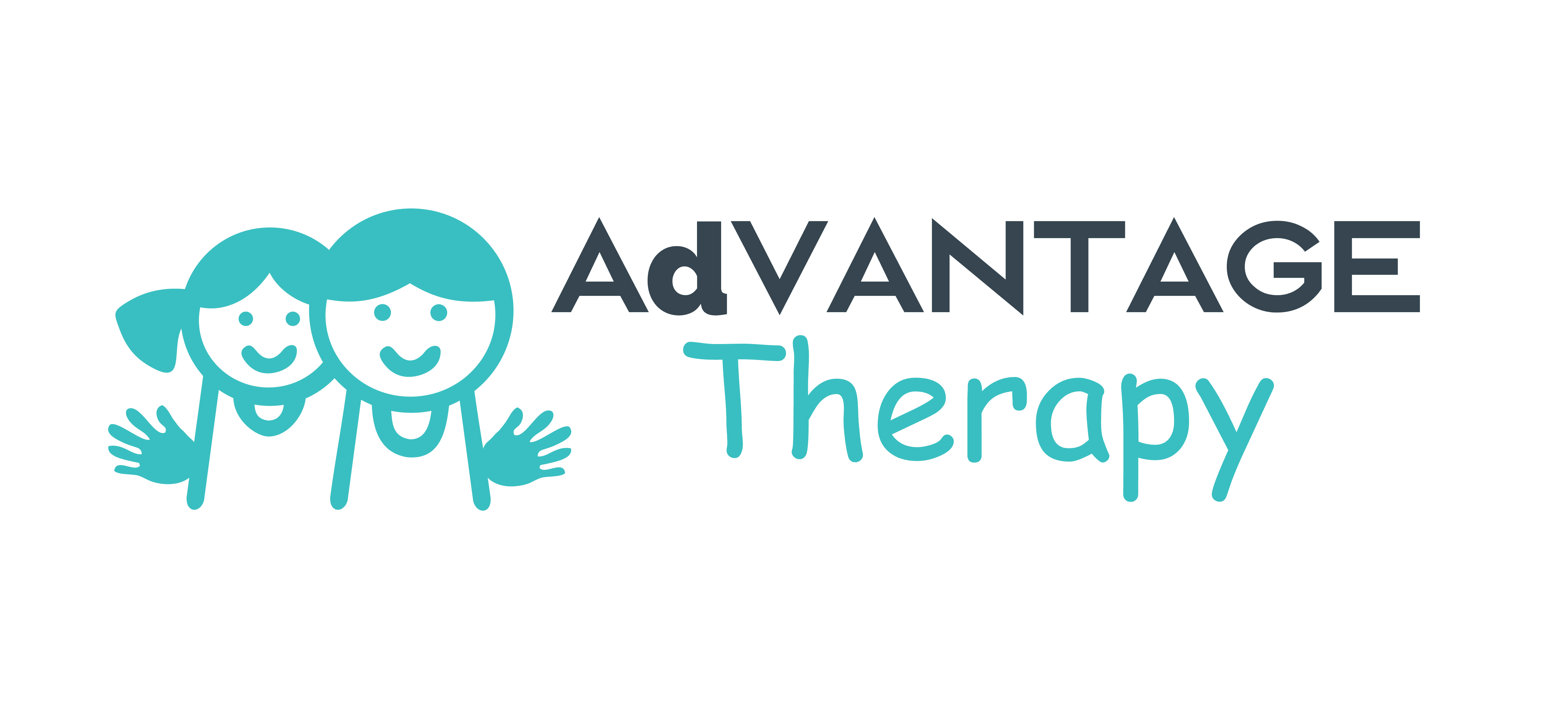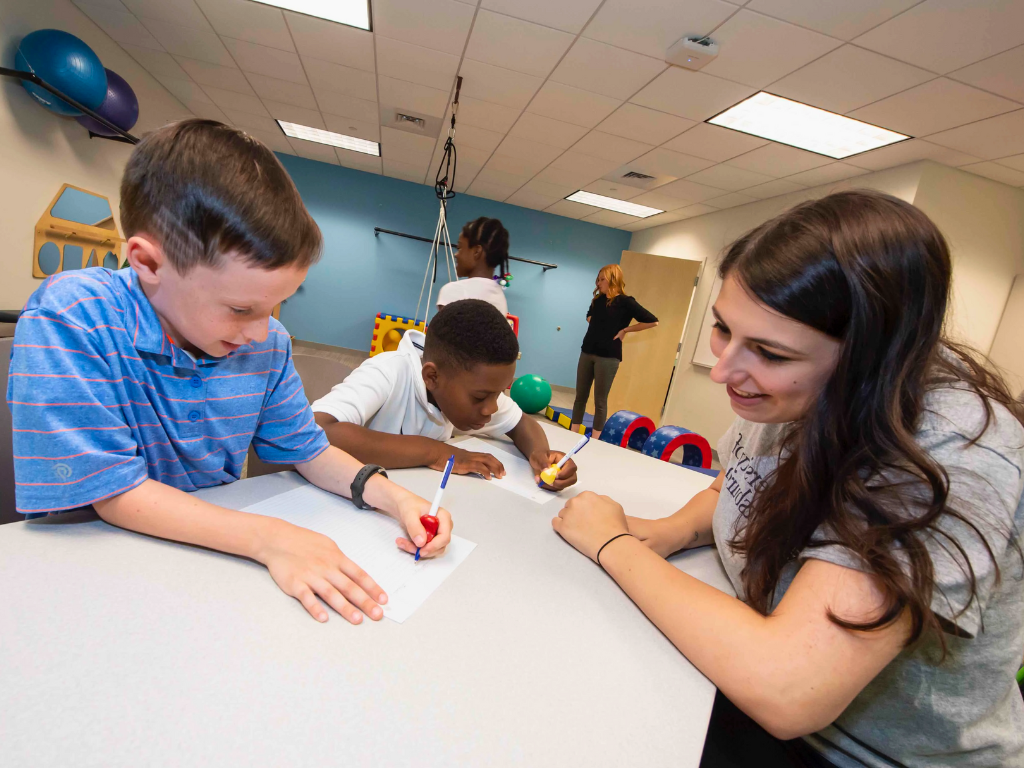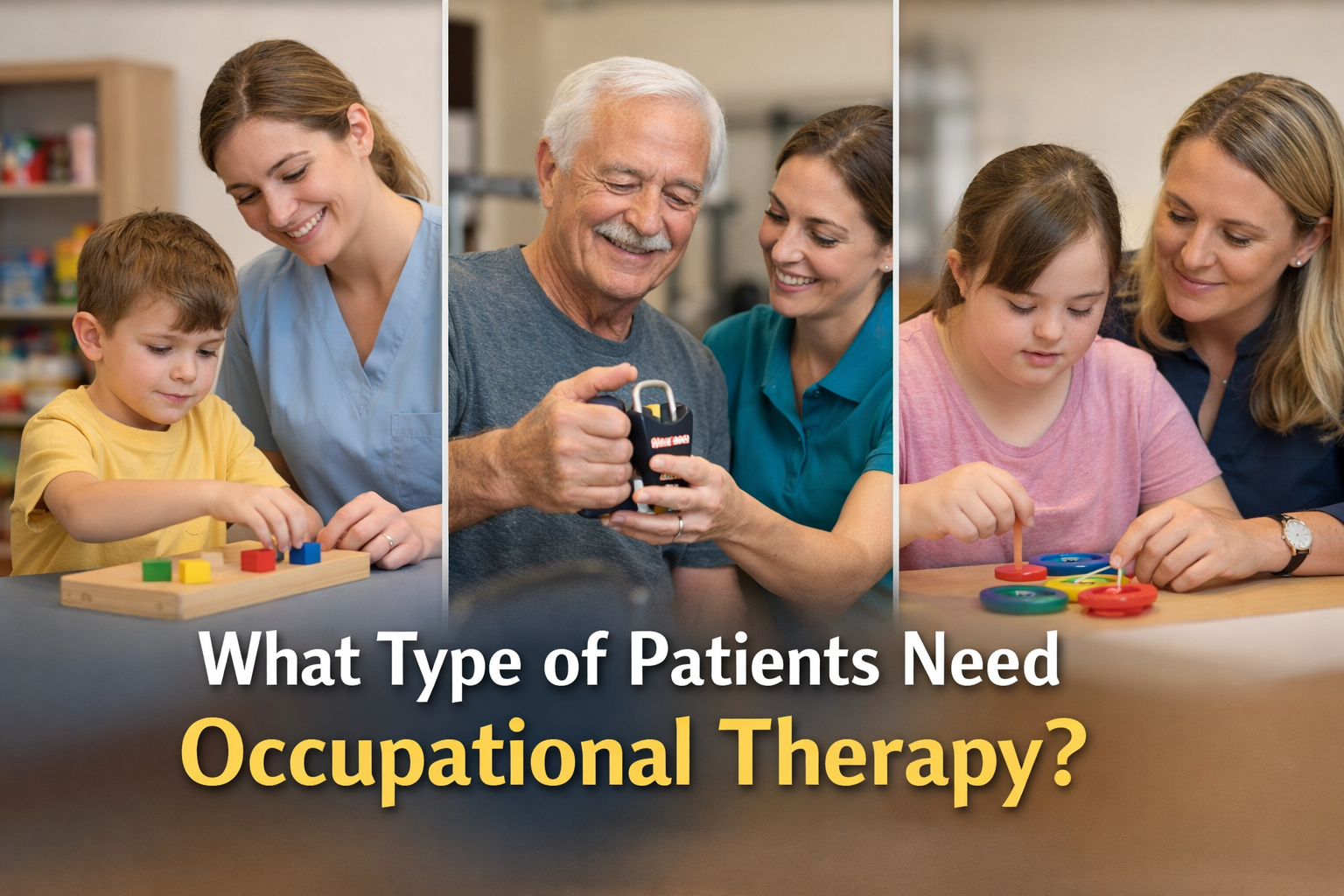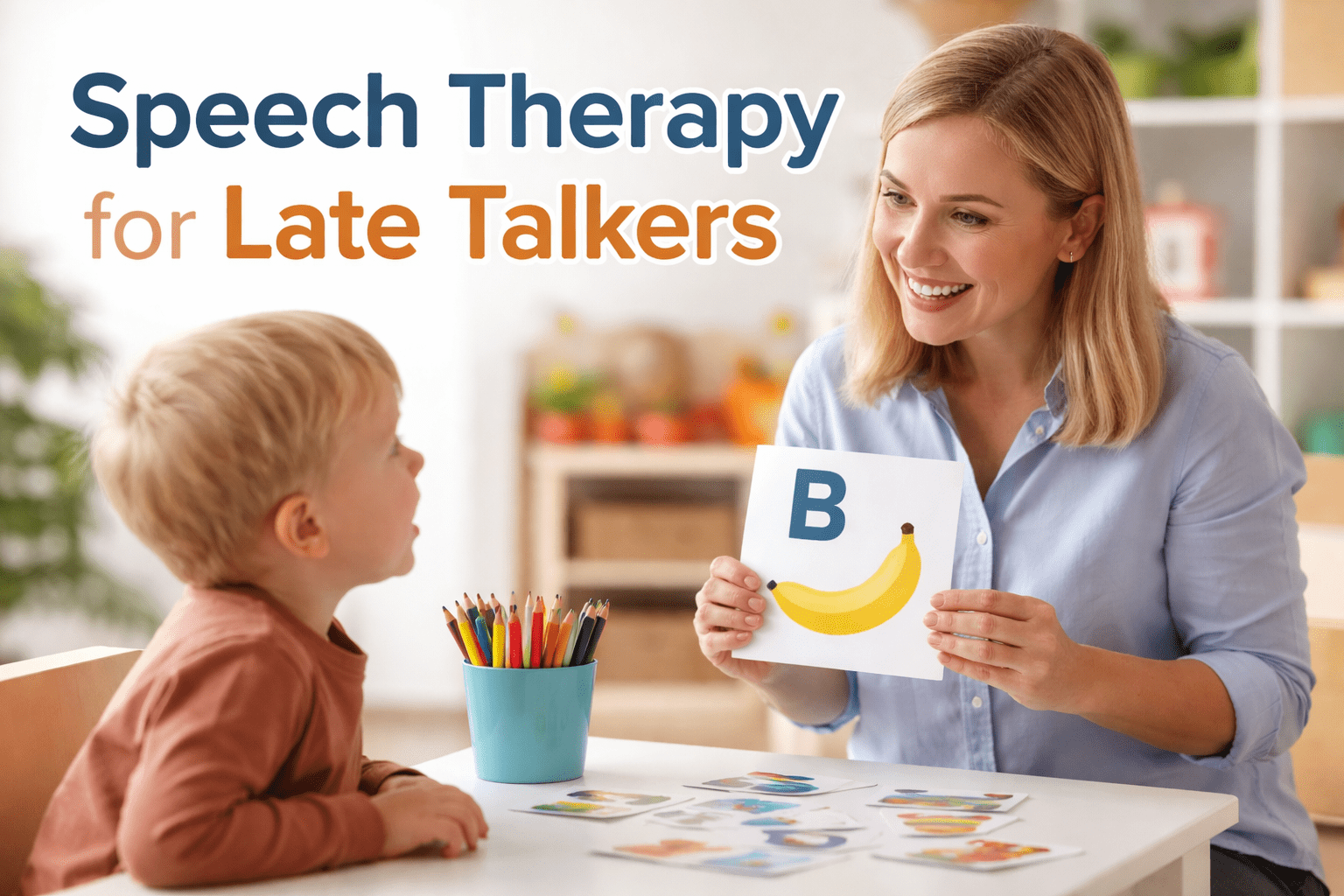Occupational therapy for children focuses on promoting and improving their ability to engage in daily activities, fostering independence, and enhancing overall well-being. OT therapists aim to address various challenges that children may face in their physical, sensory, cognitive, and social-emotional development. Let’s discuss some common occupational therapy goals for kids, along with exploring how to achieve them through carefully crafted activities.
Fine Motor Skills Development
Goal: Enhance hand and finger coordination for improved dexterity and precision.
In order to achieve this goal of occupational therapy, engage children in activities like molding play dough, encouraging them to create intricate shapes and designs. This not only makes the learning process enjoyable but also strengthens the hand muscles, fostering fine motor skills. Another effective activity involves threading beads, promoting precise hand-eye coordination and fine motor control as children manipulate small objects.
Sensory Processing Integration
Goal: Develop the ability to process and respond appropriately to sensory stimuli.
In order to achieve this goal of occupational therapy, you can create sensory bins filled with various textures, prompting children to explore and become accustomed to different sensations. Swinging or engaging in balancing activities also helps improve sensory processing by exposing children to controlled movements. All this ultimately refines their ability to respond appropriately to sensory input.
Gross Motor Skills Enhancement
Goal: Improve coordination and balance for better physical functioning.
In order to achieve this goal of occupational therapy, design obstacle courses incorporating crawling, jumping, and balancing elements to enhance gross motor skills. Make sure to introduce bike riding as an enjoyable activity that not only promotes physical fitness but also improves coordination and balance in a dynamic way.
Handwriting Improvement
Goal: Enhance handwriting skills, including grip and letter formation.
In order to achieve this goal of occupational therapy, facilitate tracing and drawing activities, encouraging children to follow lines and shapes to improve hand-eye coordination. Also, incorporate engaging letter formation games, turning handwriting practice into a playful and interactive experience.
Social Skills Development
Goal: Foster effective communication, cooperation, and interaction with peers.
In order to achieve this goal of occupational therapy, you may initiate role-playing games that simulate various social scenarios, allowing children to practice communication and cooperation in a controlled environment. Just know that group activities such as team games or collaborative art projects provide opportunities for socialization and peer interaction.
Executive Functioning Skills Improvement
Goal: Enhance cognitive processes such as planning, organization, and problem-solving.
In order to achieve this goal of occupational therapy, you need to integrate puzzle challenges into therapy sessions, encouraging children to solve puzzles of varying difficulty levels. This promotes critical thinking and problem-solving skills. You should also incorporate memory games to enhance cognitive abilities, including attention and recall.
Emotional Regulation
Goal: Develop coping mechanisms and emotional self-regulation.
In order to achieve this goal of occupational therapy, you should teach deep-breathing exercises to children, providing them with a simple yet effective tool for stress and anxiety management. Also, try to engage them in activities focused on emotion recognition, helping them understand and express their feelings in a healthy manner.
Independence in Daily Activities
Goal: Encourage autonomy in tasks such as dressing, eating, and grooming.
In order to achieve this goal of occupational therapy, you may implement dressing games that involve zipping, buttoning, and tying shoelaces to support independence in dressing. Moreover, you can encourage the child’s participation in simple cooking or snack preparation activities to promote fine motor skills and independence in eating.
Looking For Tailored Guidance?
If you’re seeking personalized guidance to navigate the occupational therapy journey for your child, our dedicated OT specialists are here to provide comprehensive support. Simply reach out to our team, and we’ll schedule a consultation to discuss your child’s needs, answer any questions you may have about occupational therapy goals for kids and other aspects, and provide an overview of our occupational therapy approach.




